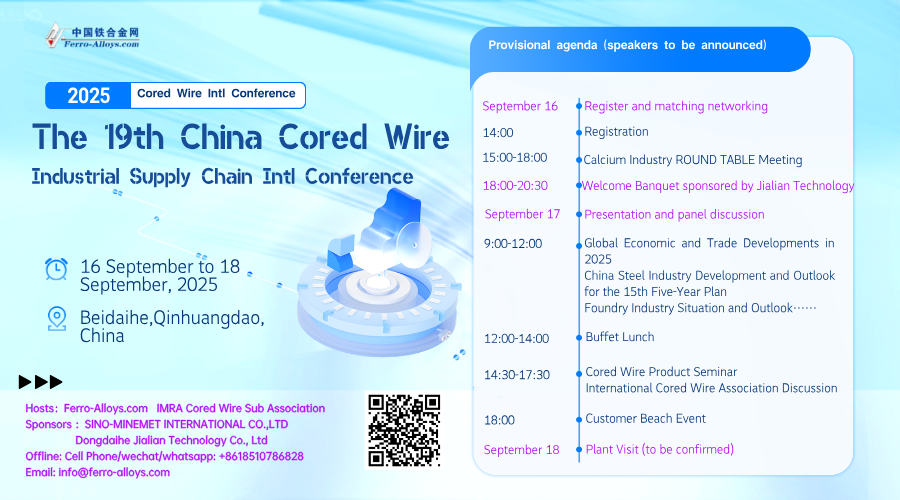Some Japanese steelmakers are consuming more ferromolybdenum than moly oxide to cut the cost of producing chrome-molybdenum steel for automotive applications, market sources said Wednesday.
So far this year, ferromoly had accounted for over 80% of the molybdenum feedstock consumption, sources at two electric arc furnace operators said, adding that price was a factor.
Supplier sources said moly oxide consumption by the two steel mills was almost nil this year with no spot cargoes having been bought. The mills consume 40-80 mt/month of molybdenum sourced from American and European suppliers on annual contracts.
The two mill sources said ferromoly was preferred because of lower costs.
In October last year, when Japanese mills were negotiating 2014 term contracts, Platts' moly oxide price averaged $9.45/lb, while ferromoly was $9.25-9.35/lb excluding the $1.50/lb processing fee charged to convert moly oxide into ferromoly.
Consumers pay $1-2/lb additional fee for ferromoly but in some cases, moly oxide requires de-oxidization, briquetting and other processes before use, which are not required for ferromoly, the plant source added.
"Ferromoly prices are higher because of the processing fee, but for some mills, the overall steel production cost could be lower," a Japanese trader said.
Platts daily moly oxide price averaged $14.45/lb in June, while ferromoly without the processing fee was $14.20-14.35/lb.
The European ferromoly price, used by some overseas suppliers for long-term contracts with the Japanese mills averaged $35.20/kg in-warehouse Rotterdam, while spot import price was $34.96/kg CIF as assessed by Platts.
The shift to ferromoly from moly oxide may be limited to the two mills, however, Japanese sellers said, adding that one mill had even switched to moly oxide from ferromoly though the reason for this could not be confirmed.
The moly oxide-ferromoly ratio for other Japanese steelmakers making chrome-moly steel remain unchanged year on year, sources added.
- [Editor:Mango]



 Save
Save Print
Print Daily News
Daily News Research
Research Magazine
Magazine Company Database
Company Database Customized Database
Customized Database Conferences
Conferences Advertisement
Advertisement Trade
Trade


 Online inquiry
Online inquiry Contact
Contact

Tell Us What You Think